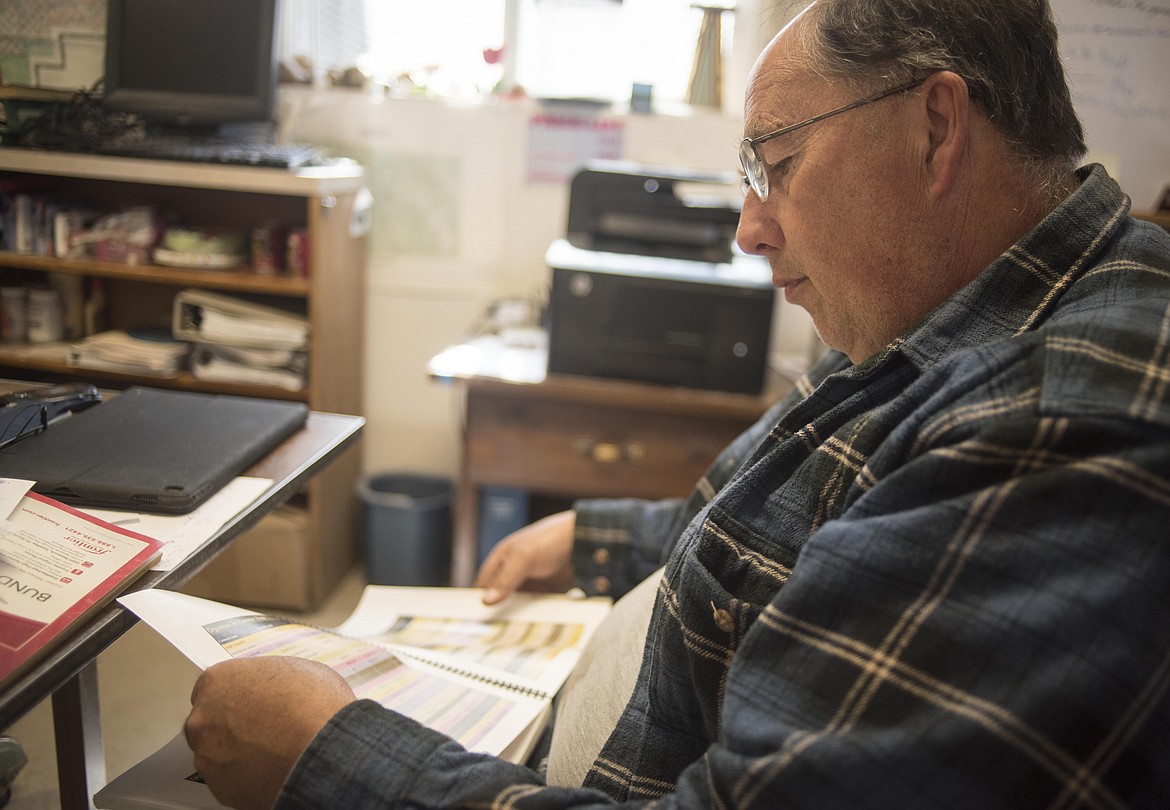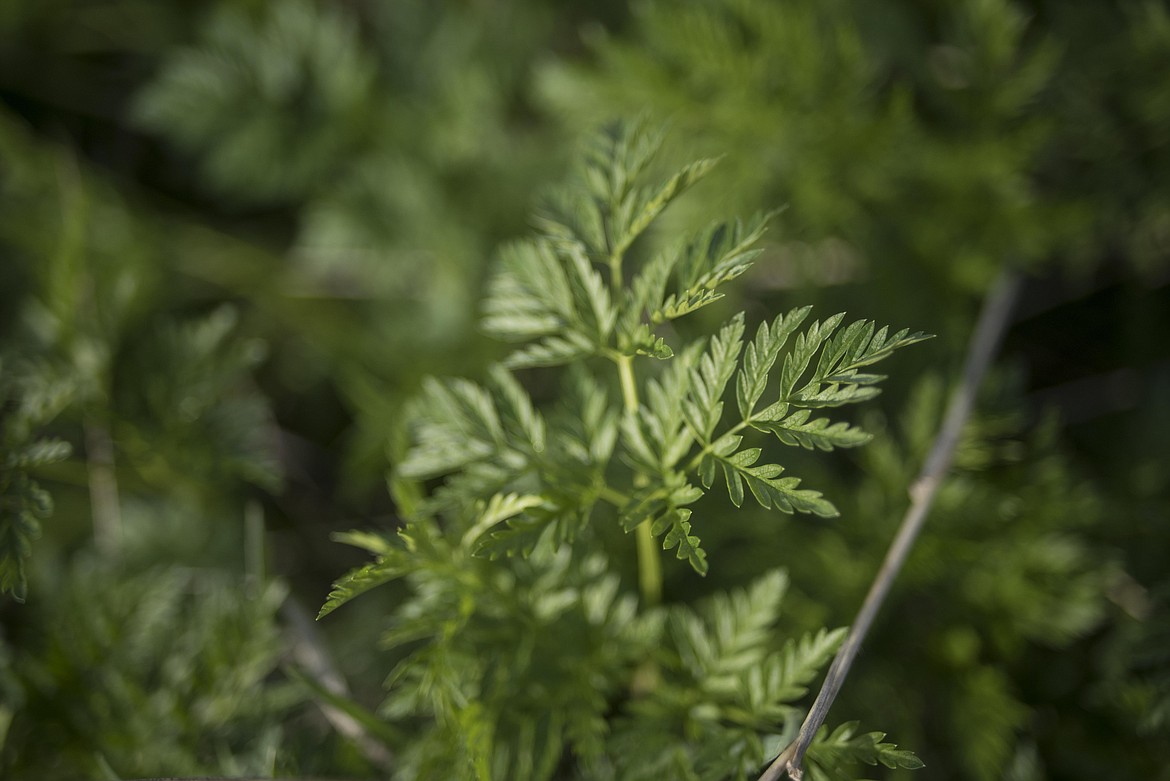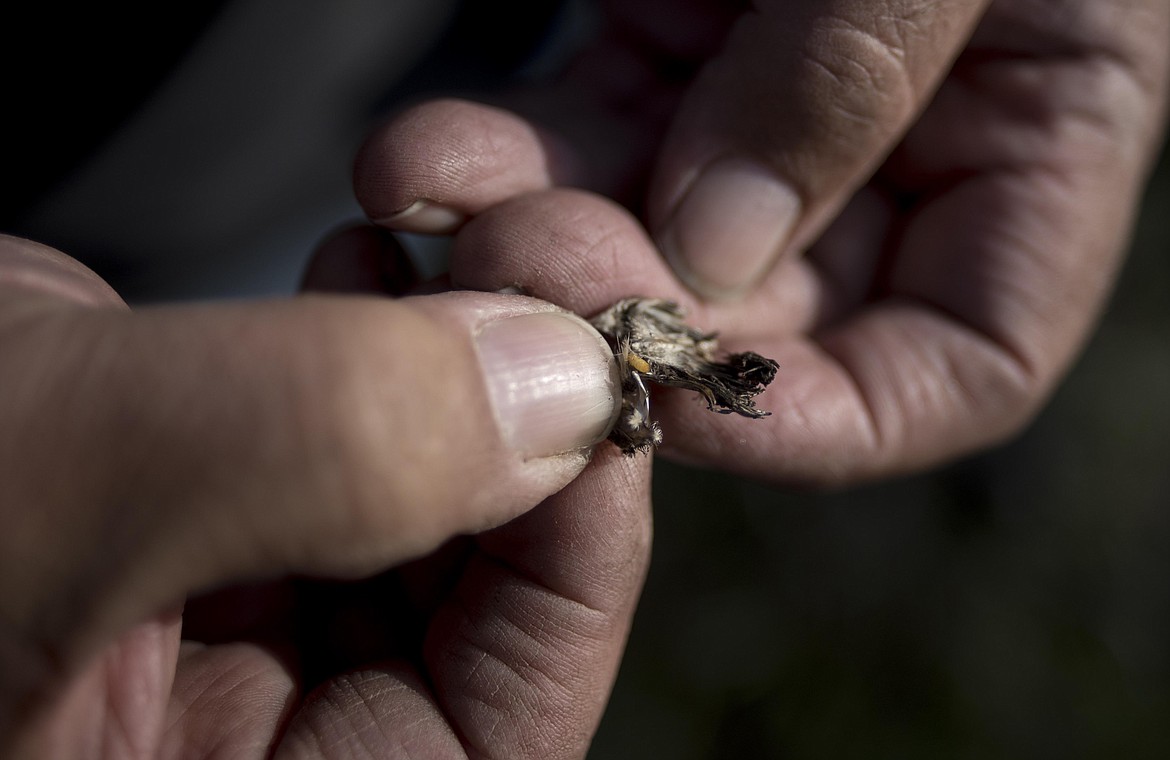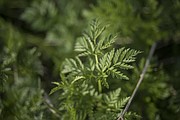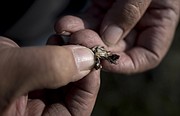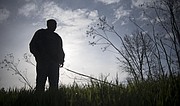Long-time weed expert to retire
Dan Williams kills for a living, that is, he exterminates noxious weeds, and he has been protecting northwestern Montana’s natural habitat for the past couple decades. Soon, he will be letting another leader take on the battle against invasive species.
The bane of his career and primary nemesIs have been the knapweed, the rush skeletonweed and the tansy ragwort, which are all partners in crime.
Williams is also Lincoln County’s Weed Department head and the leader the Rush Skeletonweed Taskforce, a statewide group with the goal to protect Montana’s natural habitat.
Tansy Ragwort is poisonous and will hurt anything which consumes it, he said. “We can’t let that happen.”
To help win battles, the department uses biocontrol. Williams uses millions of bugs as his minions to defeat the weeds.
“One day you’ll look around and you’ll say ‘what happened to the knapweed?’ It’ll be the bugs that’ll do it,” he said.
Williams said he releases seed head weevils and seed head flies, which lay eggs and eat the noxious weeds.
These bugs only thirst for one flavor: the knapweed.
Between those two bugs, they are stopping future growths of the knapweed and killing the main plant at the same time, he said.
When it comes to fighting the rush skeleton weed, Williams uses his time carefully.
Part of the skeleton weed’s 50-foot-deep roots are in a ball, and if pulled up, it breaks off and branches out into a dozen plants instead of one, he said. The plant can bloom extremely fast, leaving viable seeds for new offspring.
“It takes over. It kills all the natives,” he said.
If somebody finds a skeleton weed infestation, “I can get on the phone and get 20-to-25 people to head that direction,” he said. Which is “kind of unheard of throughout the weed world.”
Everyone has to play their part in protecting the native environment, he said.
After battling and battling, Willaims said that he is finally close to exterminating the skeleton weed.
“When I’m walking out of here this fall, I’ll know that we’re accomplishing good things,” he said.
Williams attributes a lot of his success to his weed fighting crew, a team which follows him into battle as well as looks out for each other.
Mark Andreasen, a weed department crew member for nine years who also shares a passion for killing invaders, said Williams is a great person to work with.
If Williams finds a noxious weed, he gets excited about it, Andreasen said. Especially if it is found in a new area.
And that passion for fighting weeds kind of rubs off on all of the crew, Andreasen said. It’s contagious.
The county is lucky to have somebody like Williams, Andreasen said. “He’s one of the best bosses I’ve ever had.”
Kelly Haugen, who has worked with Williams for three years, said working with him has been an experience.
Williams makes sure everybody is taken care of and can get home, he said. “Everyone gives him, 110, 140 percent.”
It has absolutely been a good three years with Williams, he said.
As Williams takes on his last season with the department, he looks forward to all the extra time he will be able to spend fishing and traveling come retirement in September.
But, “I’ll always be a weed person,” he said.



